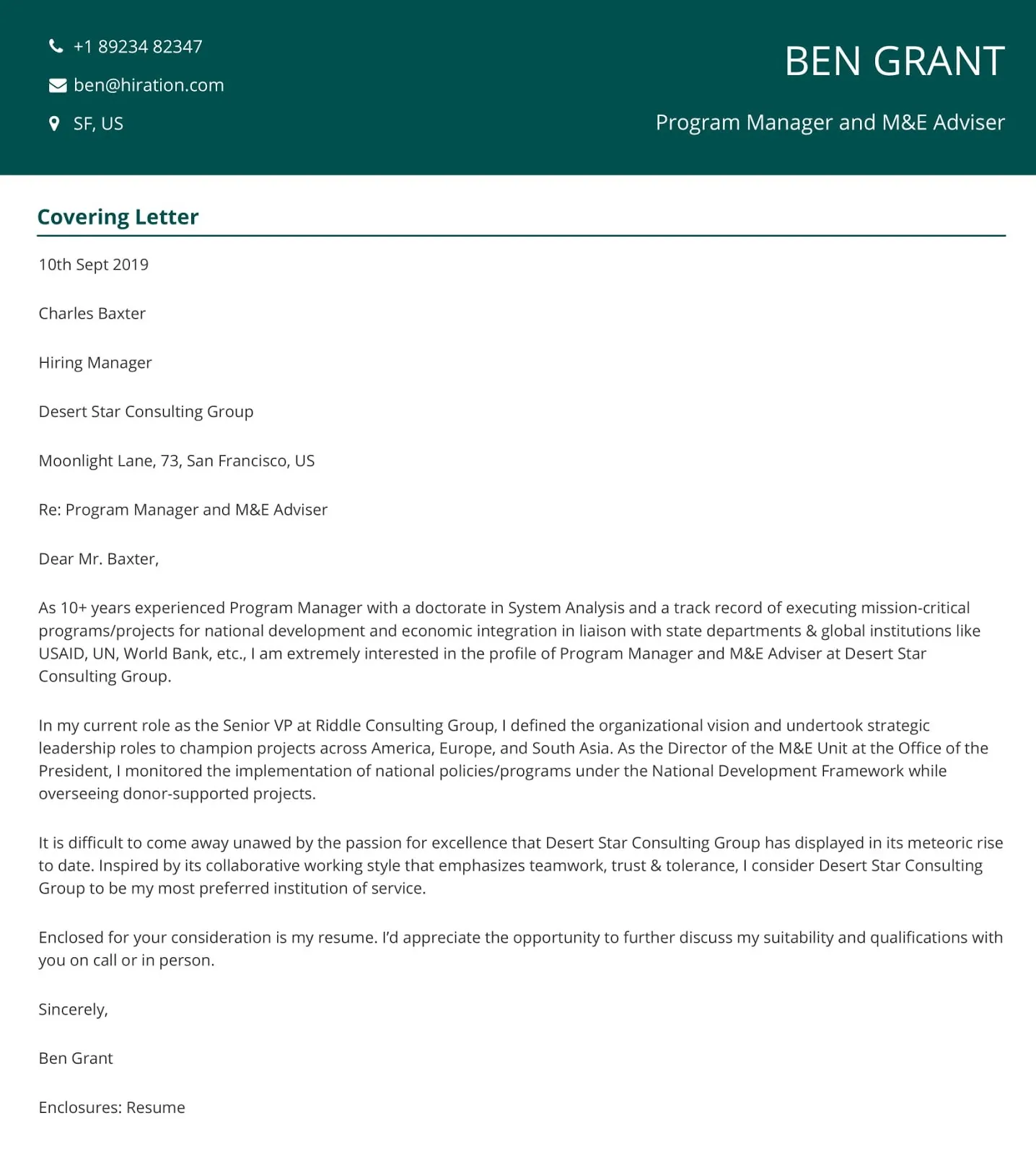What is a Cover Letter
A cover letter is a crucial document that accompanies your resume when applying for a job. It serves as your personal introduction to a potential employer, offering a glimpse into your personality, skills, and motivations. Unlike a resume, which provides a summary of your professional history, a cover letter allows you to elaborate on specific experiences, highlight your accomplishments, and explain why you are a suitable candidate for the particular role. It’s your opportunity to make a strong first impression and persuade the hiring manager to read your resume more closely.
Why is a Cover Letter Important
In today’s competitive job market, a well-crafted cover letter can significantly increase your chances of landing an interview. It demonstrates your communication skills, attention to detail, and genuine interest in the position. Many employers consider cover letters to be essential, as they provide valuable context and insight beyond what’s presented in a resume. A compelling cover letter can differentiate you from other applicants, showcase your enthusiasm, and highlight your unique value proposition, ultimately influencing the hiring manager’s decision to move forward with your application.
Key Components of a Cover Letter
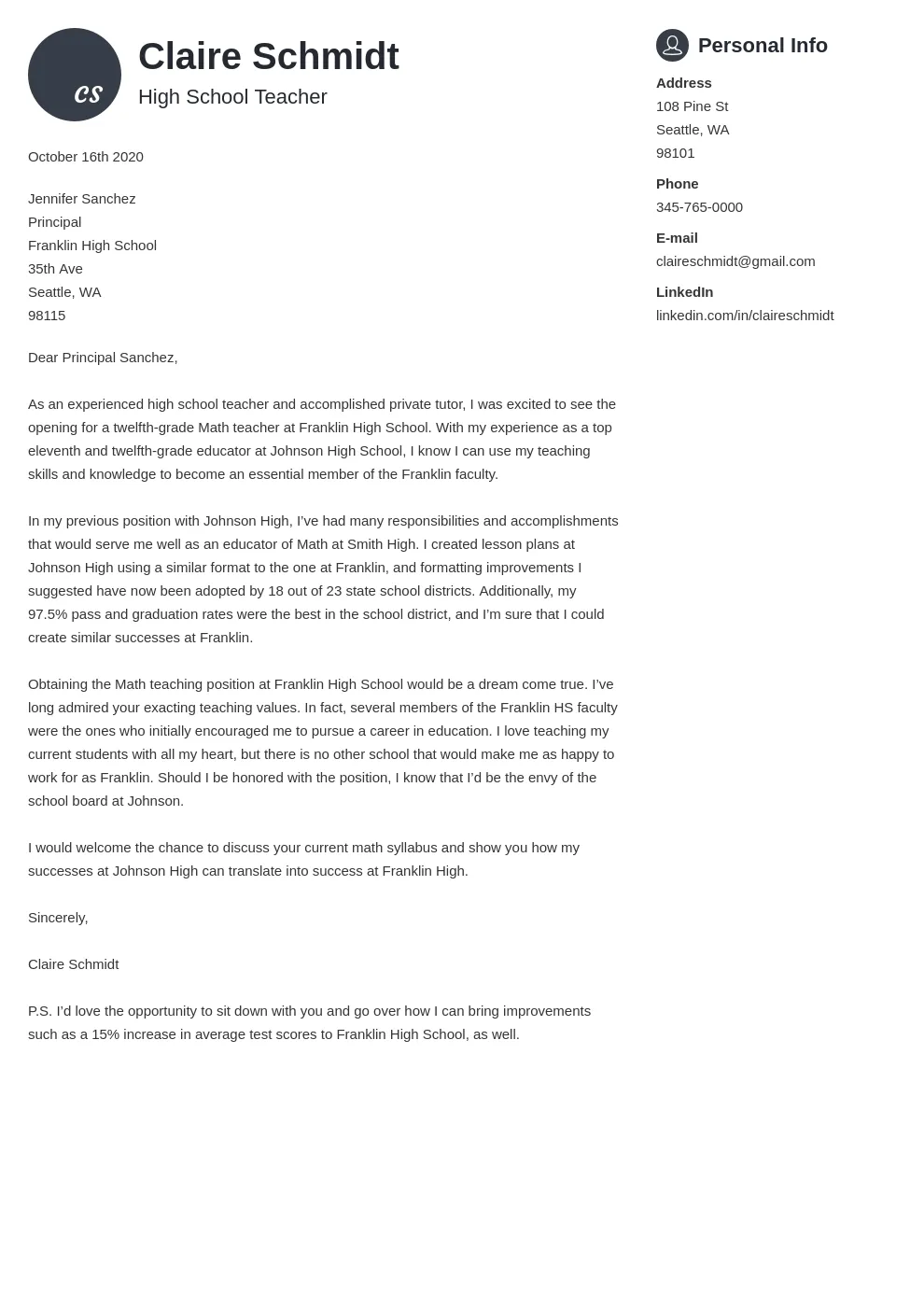
A well-structured cover letter typically includes several key components that work together to create a compelling narrative. These elements help you effectively communicate your qualifications and suitability for the role. By carefully crafting each part, you can ensure your cover letter is clear, concise, and persuasive. These components will guide you in structuring your letter logically and presenting your information in a way that captures the reader’s attention and highlights your key strengths.
Your Contact Information
At the very top of your cover letter, include your contact information. This ensures the hiring manager can easily reach you if they are interested in scheduling an interview. Include your full name, phone number, email address, and optionally, your LinkedIn profile URL. Make sure the information is accurate and professional. Using a professional email address is critical to making a positive impression on the hiring manager and avoid any potential issues or delays in communication.
Date and Recipient Information
Following your contact information, include the date and the recipient’s details. This shows that you’ve tailored your application to a specific role and company. If you know the hiring manager’s name, use it; otherwise, use a generic title like “Hiring Manager.” Address the letter to the specific person whenever possible, as it demonstrates your attention to detail and proactive approach. Include the company’s name and address as well. This is a signal to the hiring manager that you have done your research and that you are serious about applying for the job.
Salutation
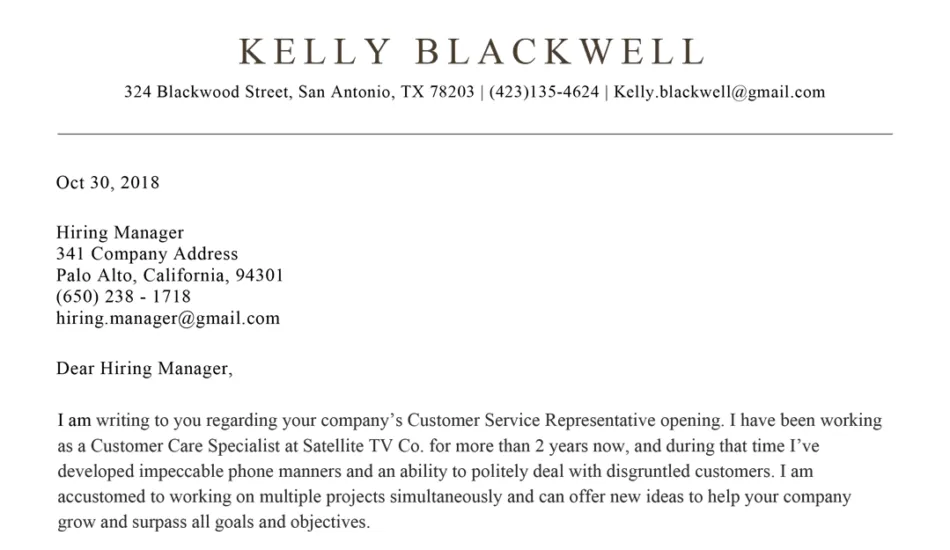
Choose an appropriate salutation to begin your cover letter. “Dear Mr./Ms./Mx. [Last Name]” is the most professional and recommended option if you know the hiring manager’s name. If you don’t know the name, alternatives include “Dear Hiring Manager,” or “Dear [Department Name] Team.” Avoid generic greetings like “To Whom It May Concern,” as they can make your letter seem impersonal. The salutation sets the tone for the rest of your letter, so choose one that reflects the professional standard of the industry.
The Opening Paragraph
The opening paragraph is your chance to grab the reader’s attention. State the specific position you are applying for and how you found the job opening. You can also briefly mention why you are interested in the company or the role. Make it clear and concise, letting the hiring manager know the purpose of your letter immediately. It’s essential to show your enthusiasm right away. Mentioning a specific accomplishment or something that sparked your interest in the company is an effective way to capture the hiring manager’s attention.
State your purpose for writing
Clearly state the specific position you are applying for. This helps the hiring manager immediately understand the purpose of your letter. Ensure that the job title is correct and that you are precise about the role you are seeking. This demonstrates your attention to detail and ensures that your application is directed to the right place. It is a straightforward way of telling the hiring manager what you are applying for and showing that you have carefully read the job description.
Show Enthusiasm for the Role
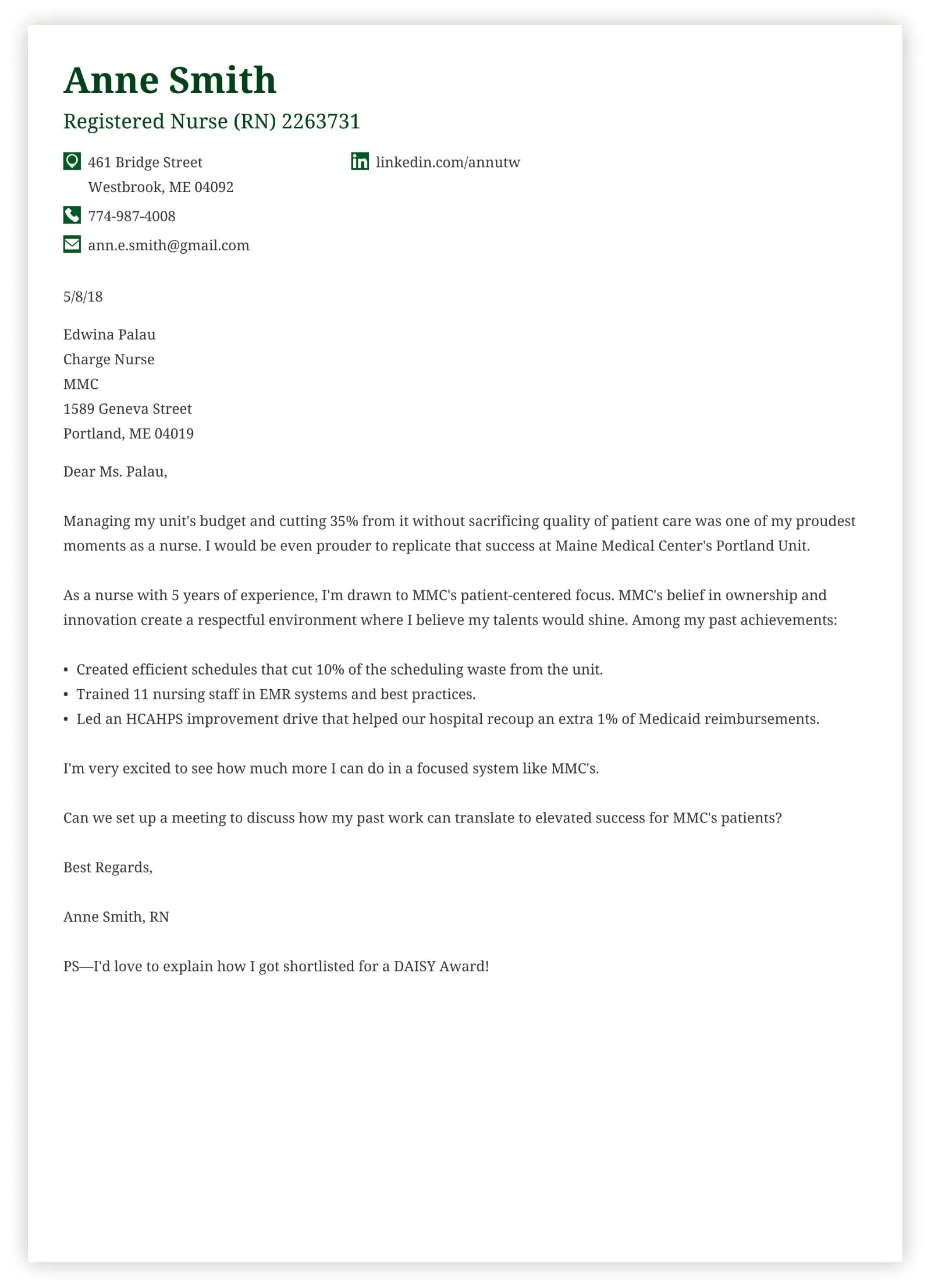
Express your enthusiasm for the role and the company. Briefly explain why you are excited about the opportunity and what aspects of the job or the company interest you most. This shows the hiring manager that you are genuinely interested and motivated. Demonstrating your enthusiasm helps you to stand out from other applicants. It tells the hiring manager that you have gone beyond just seeing this as a job and that you are looking for a real opportunity.
Highlight Your Qualifications
This is where you showcase your skills and experience and demonstrate how they align with the job requirements. Refer to the job description and highlight the specific skills and experiences that the employer is looking for. Provide examples of your accomplishments and quantify your achievements whenever possible. Make sure that the key qualifications you have are at the top and that they are relevant to the job description and to what the hiring manager needs.
Skills and Experience
Detail your relevant skills and experience, emphasizing how they relate to the job responsibilities. Mention specific software, tools, or methodologies you are familiar with. Tailor this section to the job description, highlighting skills and experiences that directly align with the requirements. Use action verbs to describe your accomplishments. Ensure that you show them how your experience aligns with the job requirements and explain how your qualifications make you a good candidate for the role.
Quantify Your Achievements
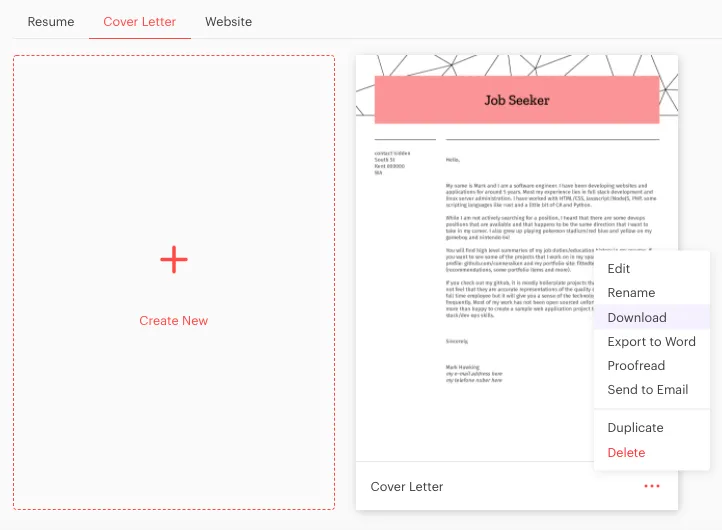
Quantify your achievements whenever possible. Use numbers and data to demonstrate the impact of your work. For example, instead of saying “Managed social media campaigns,” say “Increased social media engagement by 30% in six months.” Providing quantifiable results makes your accomplishments more concrete and impressive. The more details and numbers you can provide, the more convincing your cover letter will be, adding value to your application. This provides tangible evidence of your contributions and abilities.
Tailoring Your Cover Letter
Tailoring your cover letter is crucial for showcasing your genuine interest and suitability for the specific role. A generic cover letter does not impress hiring managers, as it makes you appear like you haven’t taken the time to understand their needs. By demonstrating your knowledge of the company and the specific role, you significantly increase your chances of success. This involves researching the company, using keywords, and ensuring your letter resonates with the company’s values and needs.
Research the Company
Research the company and demonstrate your knowledge of their work. This can include their mission, values, recent projects, and industry standing. Showing that you understand the company’s goals and challenges demonstrates your interest and helps you tailor your letter to their specific needs. Mentioning specific projects or achievements by the company shows that you have taken the time to learn about them and that you want to be a part of it. Research the company’s website, social media, and industry news to be better prepared.
Use Keywords from the Job Description
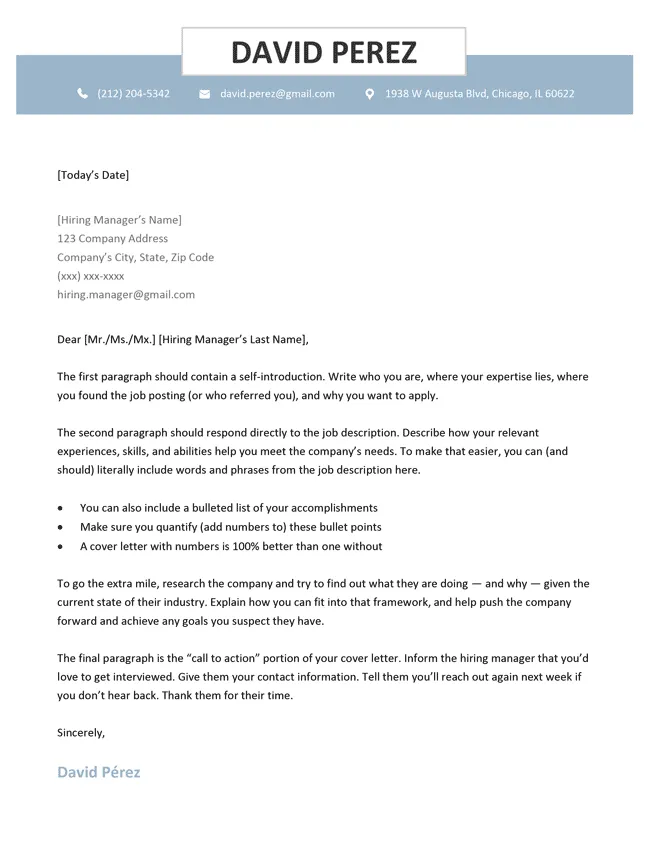
Carefully review the job description and incorporate relevant keywords throughout your cover letter. This helps your application pass through applicant tracking systems (ATS) and ensures that your qualifications align with the employer’s needs. Use the keywords naturally, avoiding keyword stuffing, as this will make your letter seem forced and inauthentic. Integrate relevant keywords into your description of your skills, experience, and accomplishments to highlight that your qualifications match the job requirements.
The Closing Paragraph
The closing paragraph is your opportunity to express your gratitude and outline your next steps. It leaves a lasting impression on the hiring manager. A strong closing paragraph reiterates your interest in the position and emphasizes your enthusiasm. It’s also the perfect place to include a call to action. Thank the hiring manager for their time and consideration, making it clear that you are looking forward to hearing from them. Make sure it is clear that you are interested and that you want to move forward with the interview process.
Express Gratitude
Express your gratitude to the hiring manager for their time and consideration. This simple courtesy reflects your professionalism and politeness. Thank them for considering your application and reviewing your qualifications. This shows respect for the hiring process and makes a good impression. A brief and sincere expression of gratitude goes a long way in reinforcing your positive attitude and professionalism. It also leaves a lasting positive impression.
Call to Action
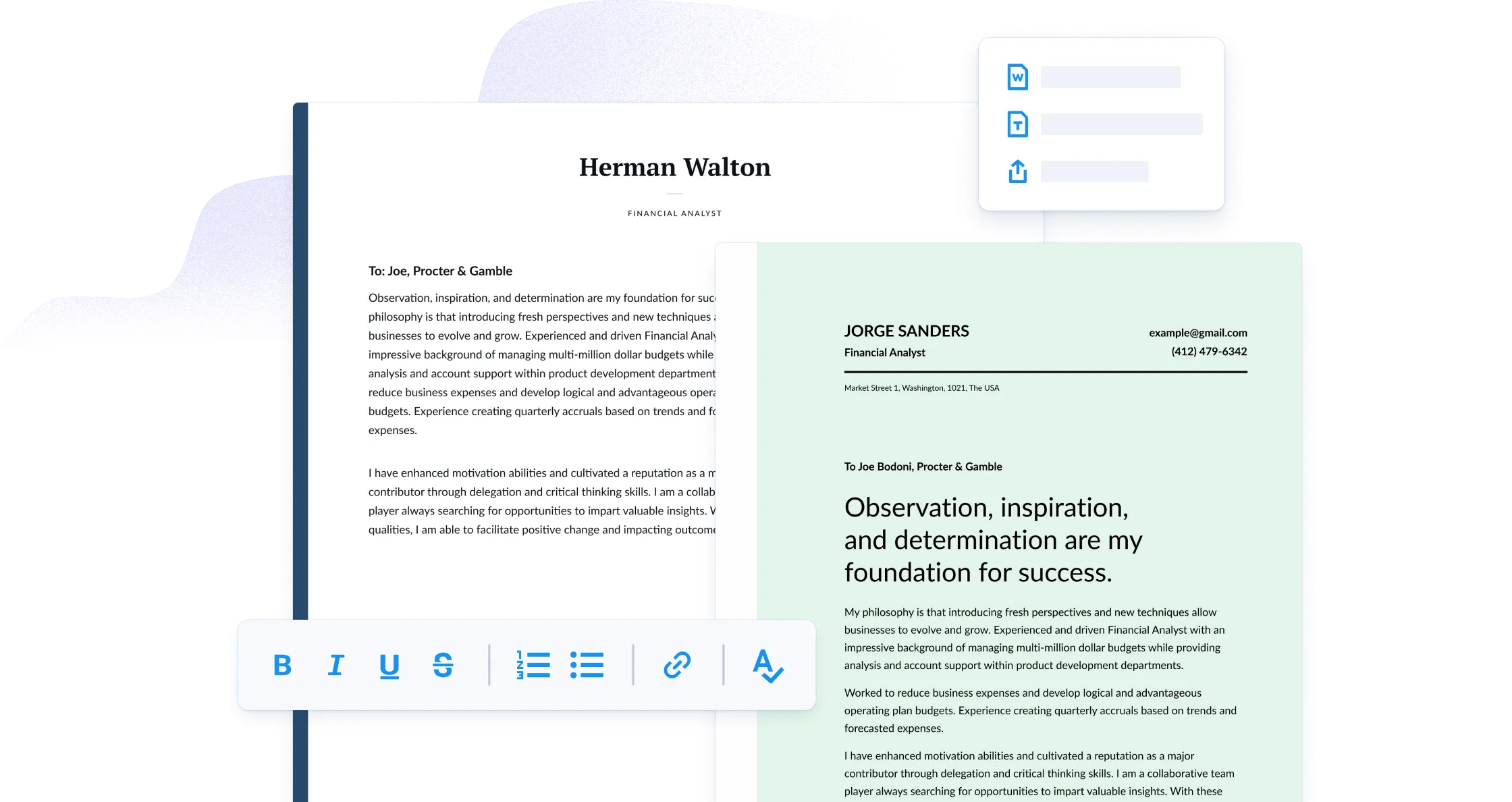
Include a clear call to action, such as stating that you are looking forward to hearing from them or that you are available for an interview at their earliest convenience. Reiterate your interest in the position and express your willingness to discuss your qualifications further. This is your chance to actively pursue the opportunity and make it clear that you are serious about the job. Make it straightforward and easy for the hiring manager to contact you. This final step demonstrates your initiative and commitment to the role.
Formatting Your Cover Letter
Proper formatting makes your cover letter easy to read and visually appealing. Consistent formatting shows that you pay attention to detail and helps ensure that your key information is easily accessible. Choosing the right font, margins, and spacing will increase readability and make a positive impact on the hiring manager. Poorly formatted letters can make your application seem unprofessional and can reduce the chances of your letter getting read. Well-formatted letters help maintain focus on the message and make you look professional.
Font Choice
Choose a professional and easy-to-read font, such as Times New Roman, Arial, or Calibri. Use a font size between 10 and 12 points to ensure readability. Avoid overly decorative or unconventional fonts. Keep the font consistent throughout the document. A consistent, professional font style reflects your attention to detail. Consistent font use also helps maintain readability throughout the entire letter and ensures your message is clear and easy to understand.
Margins and Spacing
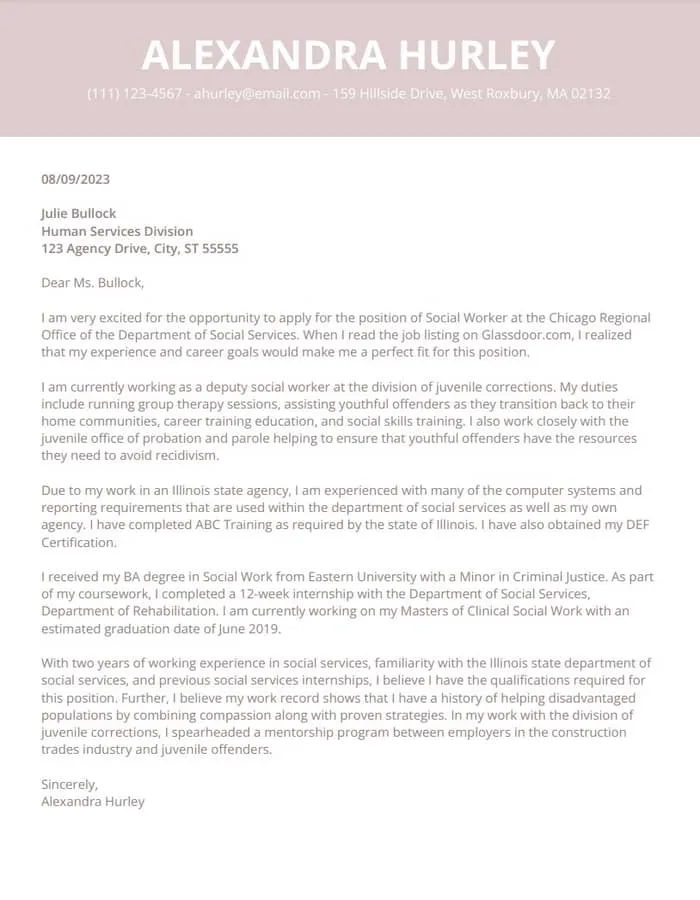
Set your margins to one inch on all sides. Use single-spaced lines with a double space between paragraphs to improve readability. Ensure your text is well-aligned and visually balanced on the page. Well-structured spacing enhances the overall appearance of your letter. Correct margins, paragraph spacing, and overall alignment create a clean and organized look. This makes your letter appear well-thought-out and easy to read, which also encourages the hiring manager to read the entire document.
Proofreading and Editing
Before submitting your cover letter, carefully proofread and edit it for any errors. Errors can detract from your qualifications and make you appear unprofessional. Check for grammar, spelling, punctuation, and formatting mistakes. Reading it aloud or having someone else review it can help you catch errors you might have missed. A polished letter demonstrates your attention to detail and commitment to excellence, making a positive impression on the hiring manager and showing them that you take pride in your work.
Common Mistakes to Avoid
Avoiding common mistakes is essential to creating a compelling cover letter. These mistakes can significantly diminish your chances of getting noticed by the hiring manager. Carefully reviewing your letter for these pitfalls will enhance the quality and effectiveness of your application. These mistakes often make the letter appear unprofessional, so avoiding them will help you gain credibility, and avoid any impression that you are not serious about the role.
Grammar and Spelling Errors
Grammar and spelling errors can make your application appear unprofessional and may lead the hiring manager to dismiss your letter. Proofread your cover letter carefully. Use grammar and spelling check tools to ensure that you don’t have any mistakes. A well-written and error-free cover letter highlights your attention to detail and professionalism. Taking the time to proofread and edit your letter will significantly increase your chances of landing an interview.
Generic Content
Avoid using generic, one-size-fits-all content. Tailor your cover letter to each specific job you are applying for. Show that you have researched the company and understand the role. Generic content shows a lack of genuine interest and effort. Demonstrate your interest in the position and the company by highlighting your skills and experiences and how they are relevant to the job requirements. Tailoring your cover letter will increase your chances of success and make your application stand out from the competition.
Lengthy Paragraphs
Keep your paragraphs concise and easy to read. Avoid long, dense blocks of text. Break up your text into shorter paragraphs. Make sure each paragraph focuses on a specific point. Long paragraphs can be difficult for the hiring manager to read. Concise and well-structured paragraphs increase readability and help the hiring manager quickly grasp the most important details. Keeping the paragraphs short and easy to scan increases the chances that they will read the entire letter and understand the key points.
Finalizing and Submitting Your Cover Letter
Before submitting your cover letter, review it one last time to make sure everything is perfect. Make sure the formatting is correct and that there are no errors. Ensure that the contact information is correct and the document is saved in the correct format, which is often a PDF. By taking these final steps, you ensure that your cover letter makes a positive impression and increases your chances of getting an interview. A well-prepared cover letter and application will go a long way in your job search.
